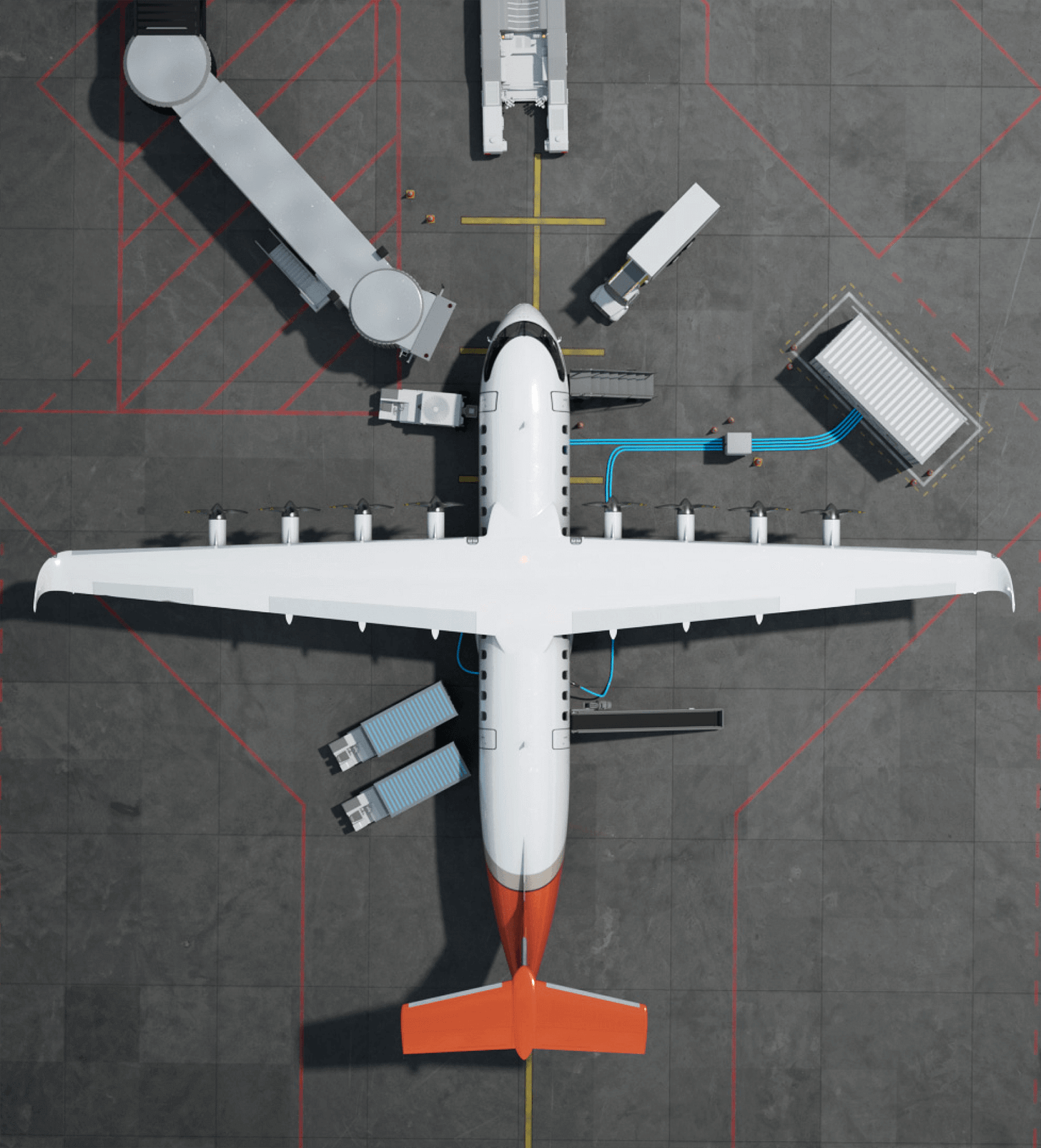Maeve looks to build a new family of net zero regional aircraft
44-seat Maeve 01 to come into service this decade
If Joost Dieben’s vision comes to pass, by 2040 there will be a new family of all-electric aircraft in our skies capable of carrying more than 100 passengers on routes of over 1000 km.
Joost Dieben is the co-founder of Maeve Aerospace, and we spoke to him about the Dutch company’s plans.
The Maeve website has a compelling mission statement that will resonate with people in the industry.
It talks about being “for a generation that wants to travel, not pollute” and warns what will happen if we don’t get a handle on aviation’s increasing share of emissions:
“As climate change intensifies, so will the pressure on the aviation industry to reduce emissions. It’s our task to make sure that the aviation industry avoids its last option: decline.”
Making electric competitive
By 2029, Maeve expects its first aircraft, called the Maeve 01, to be in service. This will be a fully electric regional aircraft able to carry 44 passengers and a range of 250 nautical miles (460 km), excluding reserves. “Competitors of ours would be the ATR 42 or the Bombardier Q400,” Dieben points out.
That range will allow the Maeve 01 to serve short but busy regional routes like Paris or Amsterdam to London, both of which are under 250 nautical miles.
In fact, Dieben says that the company’s “beachhead markets” are in Europe, given the climate change related pressures on the industry. This follows France’s ban of a very limited number of domestic flight routes. Subsequently, Maeve will target North America because of the potential for regional aviation growth in that market.
However, there are wider opportunities given the growing markets in India and China, with more people flying.
Electric aircraft are already in demand
We asked Dieben if he thinks the electric / hybrid electric space is getting too crowded. Interestingly, he feels that even now the supply won’t meet the demand. In fact, he believes “we need more”:
“Even with all of us succeeding, which is unlikely, you still have a market of 1200 aircraft that we can sell. None of us can produce as many within the time that we launch.
However, when asked what sets Maeve apart, Dieben said that the company’s aircraft are “full zero emissions”. In other words, they are fully battery electric, with no nitric oxides, and a reduced noise footprint.
He also points to a reduction in operating costs compared to kerosene-powered turboprops and a 40% reduction in noise.
Dieben also pointed out that other next generation aircraft manufacturers are building planes that can carry far fewer passengers than the Maeve 01. For example, the Eviation Alice will carry as few as nine passengers.
With 44 passengers on the Maeve 01, there’s a commercially viable use case for operators. But Dieben says they want even more seats.
An eye on the future
Maeve hopes to achieve this with its second aircraft, the Maeve 02. Though Dieben knows that long-haul battery-powered flights won’t be realistic, flights of about 1000 km will be. That’s what the company is aiming for in future aircraft designs.
A key hurdle to making that vision a reality is, of course, funding. Dieben is realistic about the challenge:
“It is absolutely capital intensive. We understand that. And that’s always a challenge: how do we get sufficient capital to get to the next round?”
He says he doesn’t have a particularly unique answer but the key is proving the concept so it can drive further investment, i.e. “focusing on ensuring that we get the IP and the technology development and that we meet our milestones.”
Thanks to the promise of their product, Maeve has already secured some funding. In December 2022, it secured the maximum €17.5 million available from the EU’s innovation fund.
Consequently, at the official unveiling of the aircraft design in April, Maeve announced that it had secured a total of 20 Maeve 01 aircraft orders from operators, including new zero emissions airline LUCY as well as New Zealand's Air Napier.




